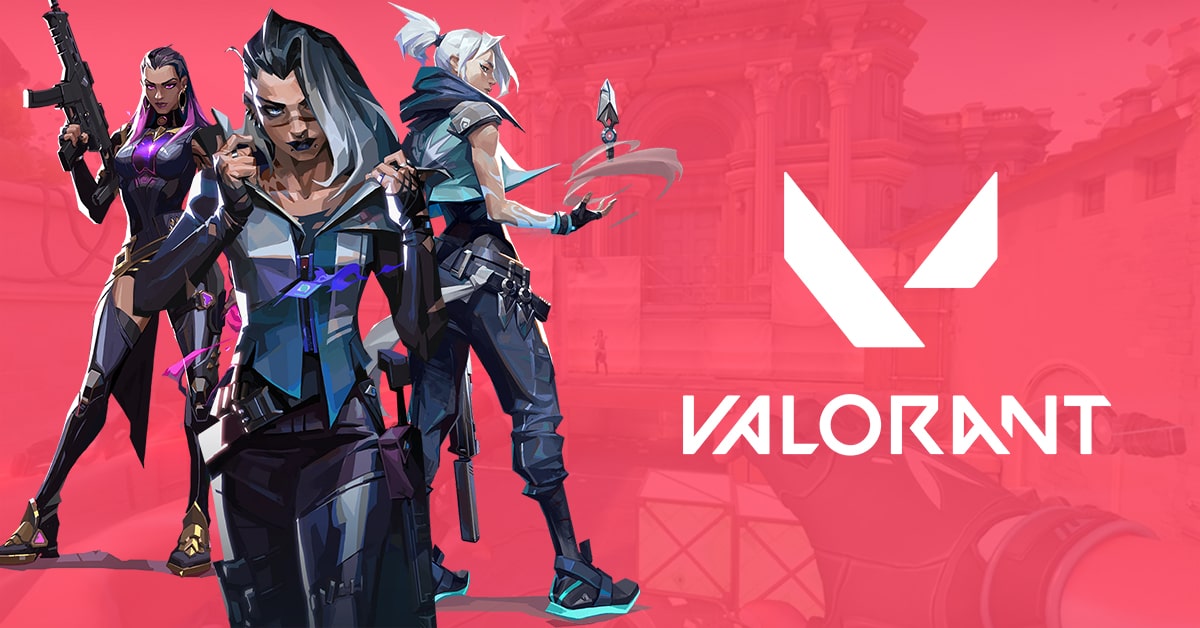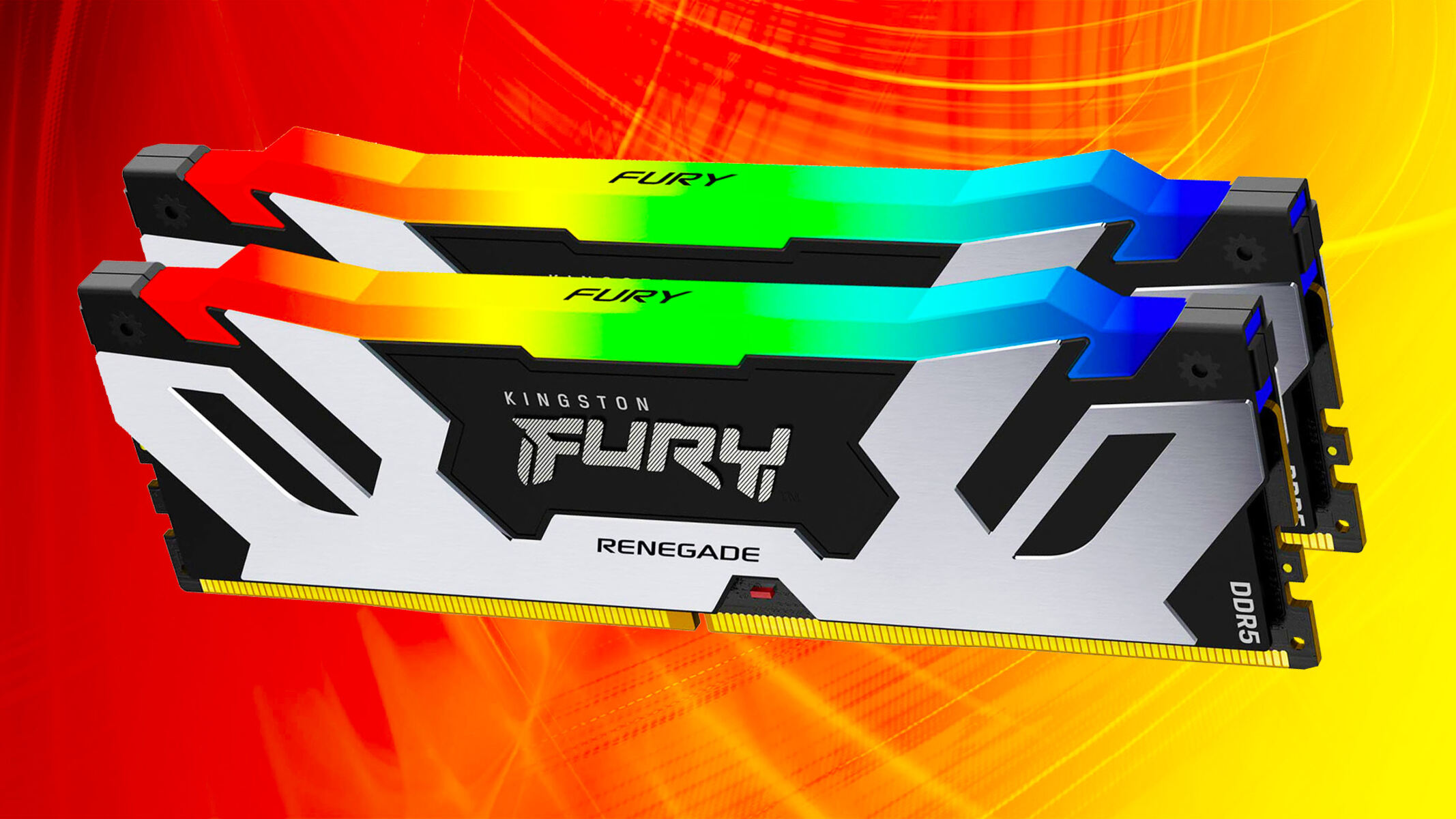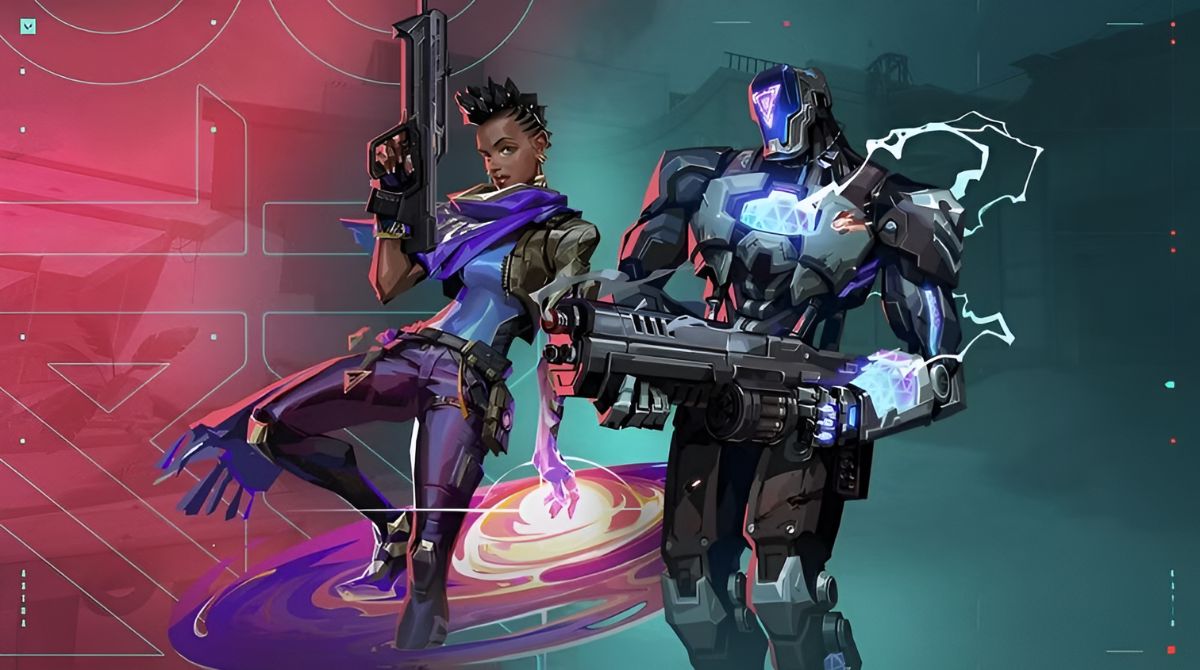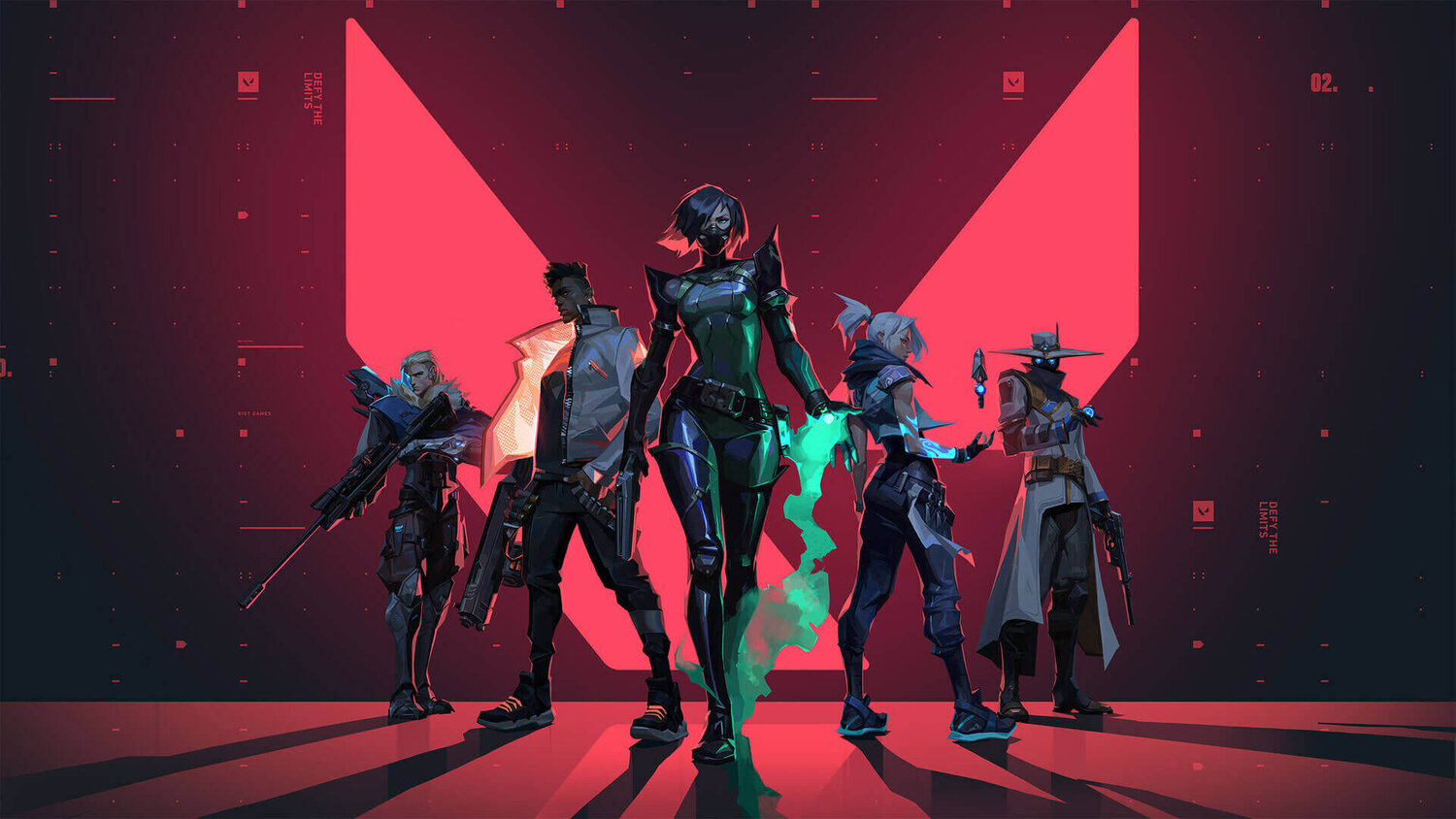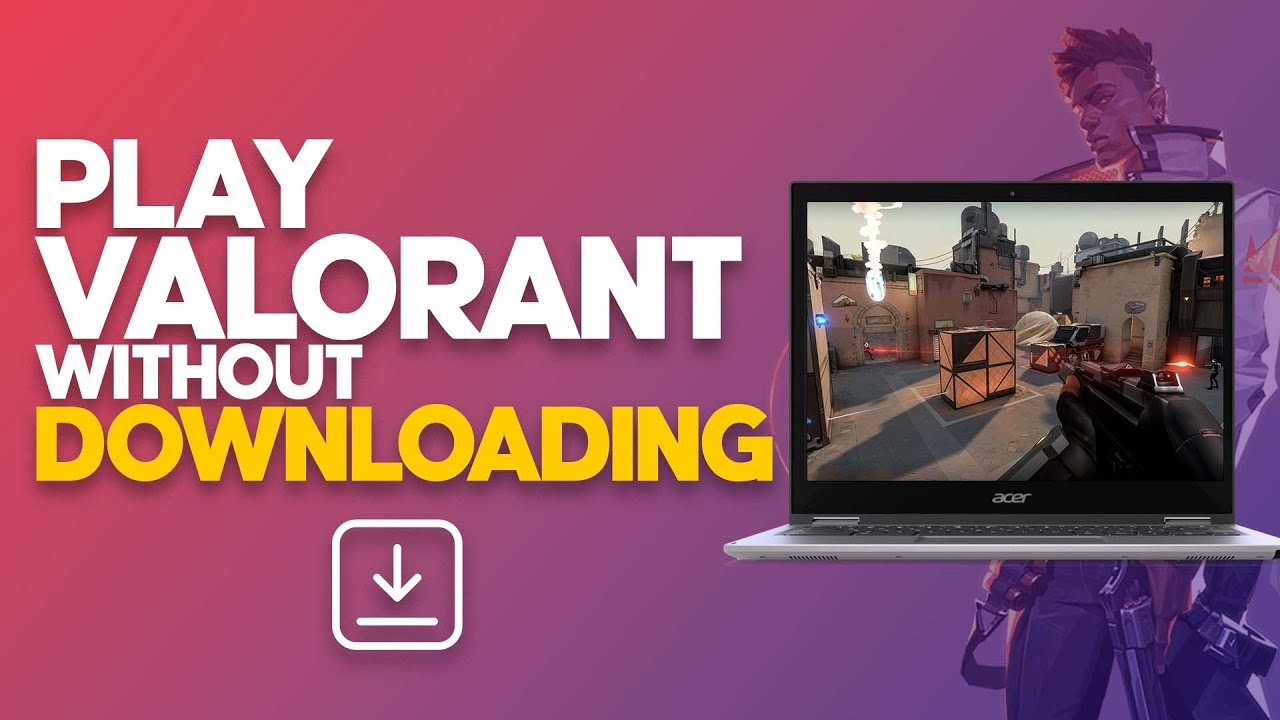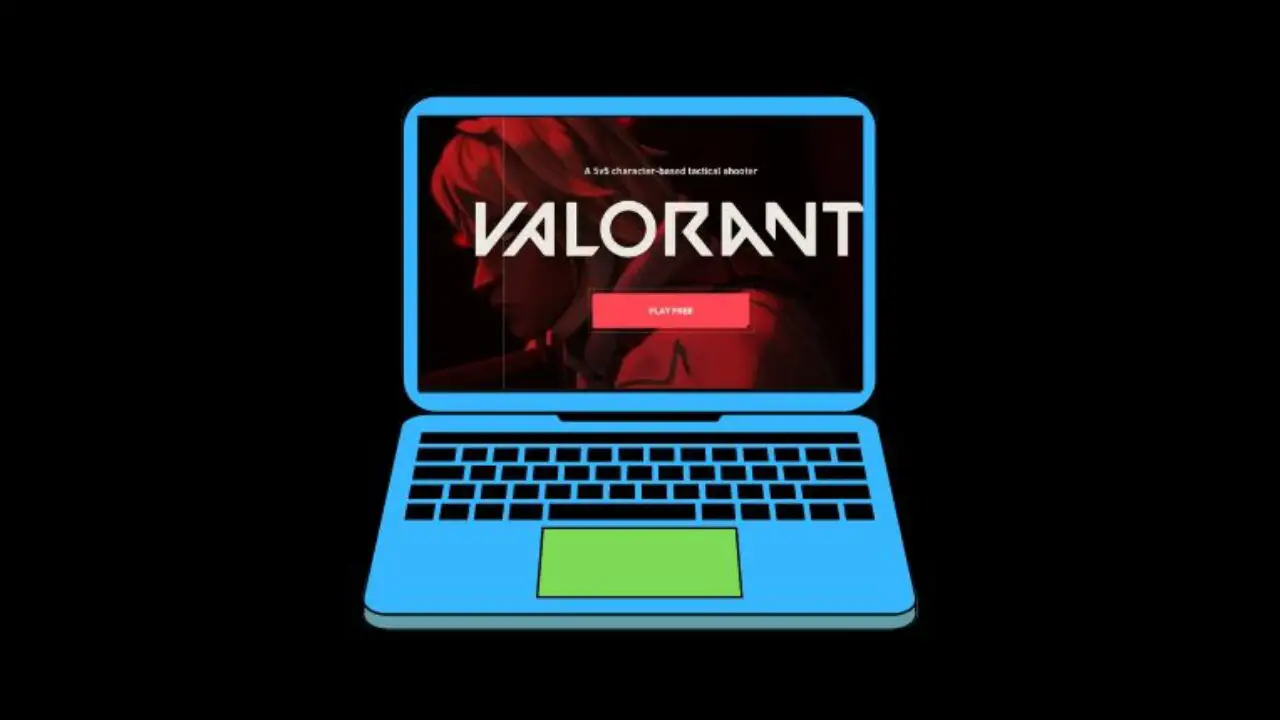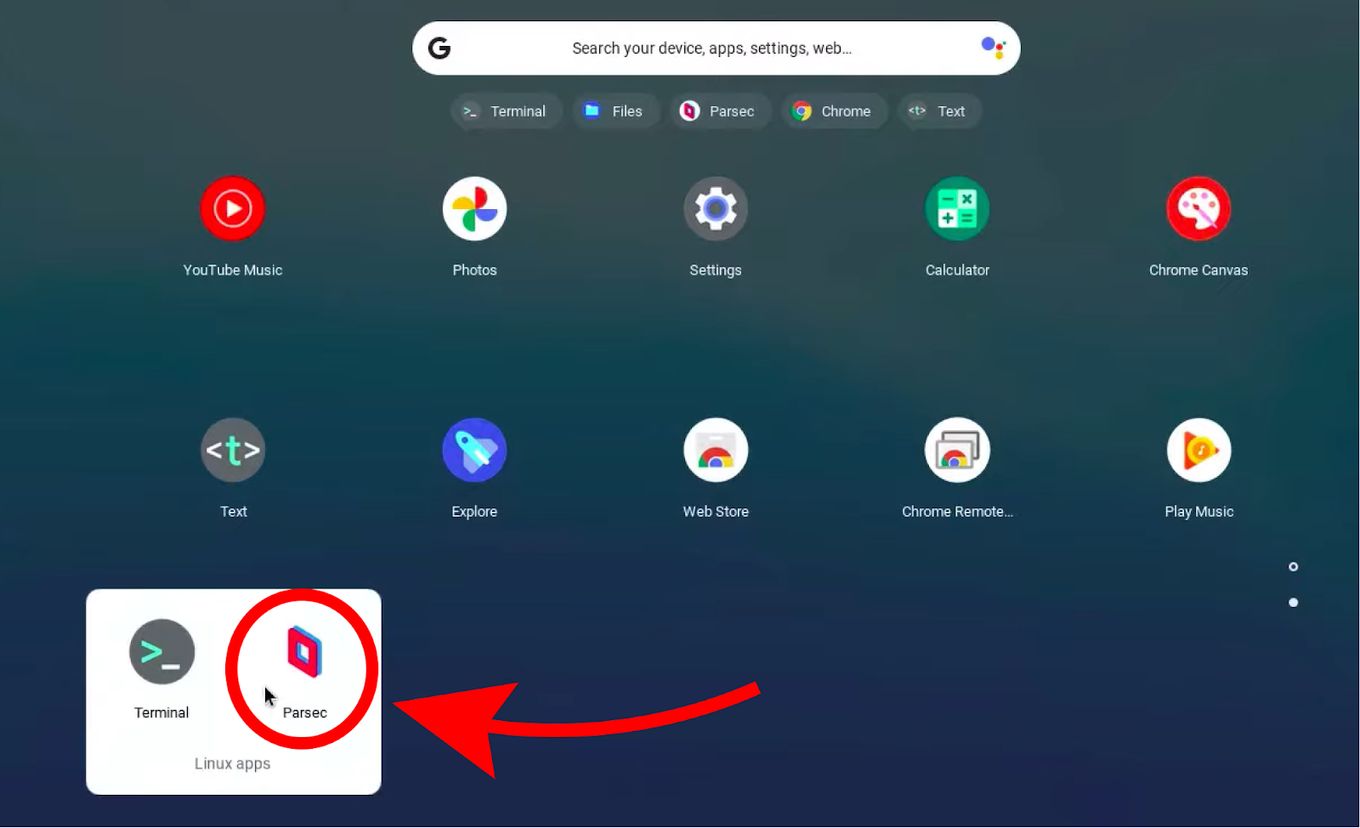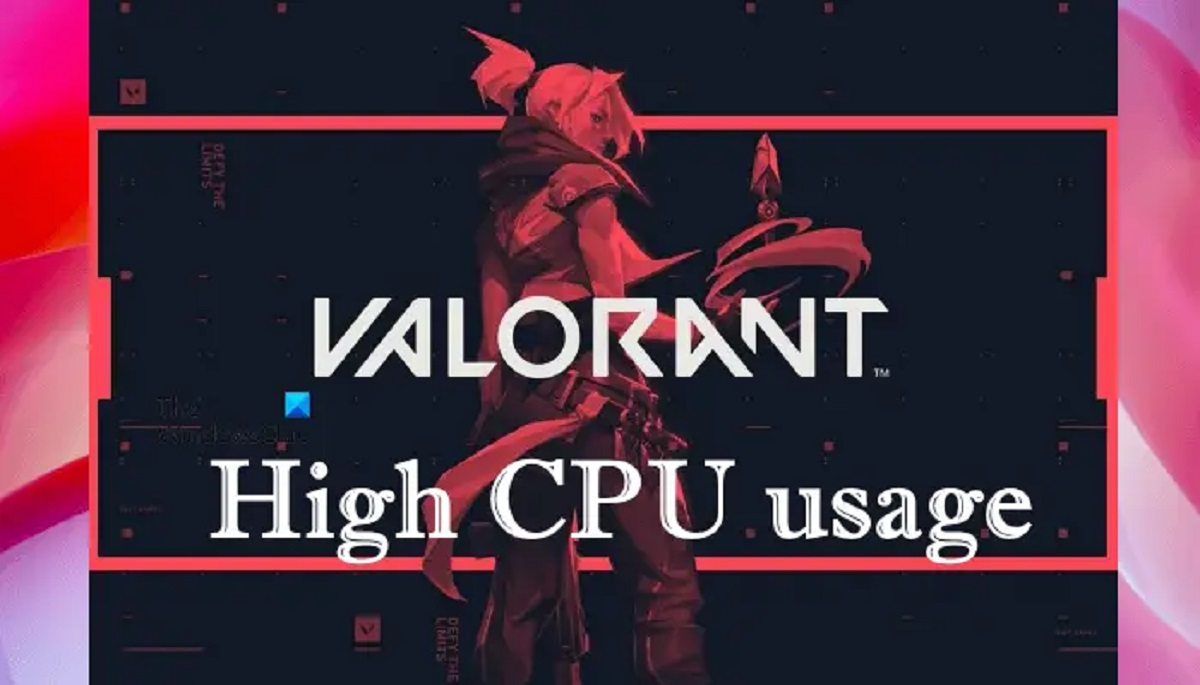Introduction
Valorant is an immensely popular online team-based first-person shooter (FPS) game developed and published by Riot Games. With its tactical gameplay, strategic depth, and competitive nature, Valorant has garnered a substantial player base since its release in 2020. As with any online game, the performance and experience of playing Valorant are significantly influenced by the hardware specifications of your computer.
To ensure optimal gameplay and avoid issues like lag, stuttering, and crashes, it is crucial to meet the minimum system requirements recommended by Riot Games. While various components play a role in determining the overall performance, one significant factor is the amount of RAM (Random Access Memory) available on your system.
RAM is a form of temporary storage that allows your computer to quickly access and manipulate data necessary for running applications and games. It acts as a bridge between the hard drive and the processor, providing fast data retrieval and seamless multitasking capabilities. In the case of Valorant, having adequate RAM plays a crucial role in ensuring a smooth gameplay experience.
In this article, we will delve into the RAM requirements for Valorant, including the minimum and recommended system specifications. Furthermore, we will explore the factors that can affect the RAM usage in Valorant and provide guidance on how to determine the appropriate amount of RAM for your specific setup. So, if you’re eager to optimize your gaming experience in Valorant, read on to discover how much RAM you need to play the game effectively.
Understanding Valorant
Before we delve into the RAM requirements for Valorant, let’s take a moment to understand the game itself. Valorant is a free-to-play online multiplayer FPS that combines elements of tactical gameplay, team coordination, and precise shooting mechanics. Developed by Riot Games, the creators of League of Legends, the game has gained immense popularity among both casual and competitive gamers.
In Valorant, players are divided into two teams, attacking and defending, with each round presenting a unique objective. The main goal of the attacking team is to plant a spike (a bomb-like device) at designated sites on the map, while the defending team must prevent them from doing so. Communication, strategy, and individual skill are integral to success in Valorant, making it a thrilling and intense gaming experience.
Valorant features a wide array of characters, each with unique abilities that can be utilized strategically to gain advantages in battles. From smoke screens and healing abilities to wall-piercing bullets and teleportation, mastering these abilities is essential for achieving victory. The game also focuses on precise gunplay, requiring players to have good aim and quick reflexes to eliminate enemies.
With its blend of strategy, teamwork, and precise shooting, Valorant has emerged as a popular eSport title, attracting players from around the world to competitive tournaments and a thriving professional scene. The game’s popularity continues to grow, with regular updates and new content being introduced to keep players engaged and excited.
Now that we have a better understanding of the game itself, let’s explore the system requirements needed to play Valorant smoothly. The next section will detail the minimum and recommended specifications, including the RAM requirements necessary for optimal performance in the game.
Minimum System Requirements for Valorant
To enjoy a smooth and lag-free experience while playing Valorant, your computer needs to meet the minimum system requirements specified by Riot Games. These requirements ensure that the game can run properly and all features are functional without any major performance issues. Here are the minimum system requirements for Valorant:
- Operating System: Windows 7/8/10 (64-bit)
- Processor: Intel Core 2 Duo E8400
- RAM: 4 GB
- Graphics: Intel HD 3000
- DirectX: Version 11
- Network: Broadband Internet Connection
- Storage: 8 GB available space
These specifications represent the bare minimum requirements for running Valorant. While the game may run on a system with these specifications, you may experience performance issues, such as low frame rates, longer loading times, and occasional lag. It is important to note that meeting the minimum system requirements does not guarantee a flawless gaming experience, especially during intense gameplay situations or in crowded environments.
If your system only meets the minimum requirements, it is recommended to adjust the in-game graphics settings to the lowest possible values to optimize performance. Disabling unnecessary background applications and ensuring that your computer is free of malware and other issues can also help in improving performance.
However, to fully enjoy Valorant’s graphics and gameplay without any compromises, it is advised to meet or exceed the recommended system requirements. In the next section, we will explore the recommended specifications, including the RAM requirements, which will provide a smoother and more enjoyable gaming experience.
Recommended System Requirements for Valorant
If you want to experience Valorant at its best, with smooth gameplay, high frame rates, and stunning visuals, it is recommended to meet the game’s recommended system requirements. These specifications ensure optimal performance and allow you to fully enjoy all the features and graphical details that Valorant has to offer. Here are the recommended system requirements for Valorant:
- Operating System: Windows 7/8/10 (64-bit)
- Processor: Intel i3-4150
- RAM: 4 GB
- Graphics: Geforce GT 730
- DirectX: Version 11
- Network: Broadband Internet Connection
- Storage: 8 GB available space
Meeting the recommended system requirements allows Valorant to deliver high-quality graphics, smooth gameplay, and minimal latency. With a capable processor and graphics card, you can fully appreciate the detailed environments, character models, and special effects within the game.
While the recommended requirement for RAM is 4 GB, it is worth noting that this may not be sufficient for running other applications simultaneously while playing Valorant. To ensure smooth performance, especially when multitasking or using voice chat programs, it is recommended to have more RAM available. 8 GB or higher is generally considered ideal for smoother gameplay and overall system performance.
It’s also important to keep in mind that meeting the recommended system requirements is only part of the equation for a great gaming experience. Other factors such as a stable internet connection, up-to-date drivers, and maintaining your system’s overall health are crucial as well. Regularly updating your graphics card drivers and ensuring that unnecessary background processes are closed can go a long way in optimizing performance.
By meeting or exceeding the recommended system requirements, you can enhance your Valorant experience and ensure that you can enjoy the game to its fullest potential. However, if you’re looking for an even more optimal setup or plan to play other demanding games alongside Valorant, considering higher-end hardware might be worthwhile.
Factors Affecting RAM Requirements in Valorant
While the recommended RAM requirement for Valorant is 4 GB, it’s important to understand that the actual amount of RAM you may need can vary depending on several factors. Here are some key factors that can affect the RAM requirements in Valorant:
- Other Running Applications: The amount of RAM used by Valorant can increase if you have other applications running simultaneously, especially resource-intensive ones like web browsers, streaming services, or voice chat programs. These applications can consume additional RAM, reducing the available resources for Valorant.
- In-Game Settings: The graphic settings you choose within Valorant can also impact the RAM usage. Higher graphic settings, such as increased texture quality, shadow details, and anti-aliasing, can require more RAM to store and process the additional graphical data.
- Resolution: The screen resolution at which you play Valorant affects the amount of RAM required. Playing at higher resolutions, such as 1440p or 4K, demands more RAM to accommodate the additional data needed to render the higher pixel count.
- Player Count and Map Complexity: The number of players on the server and the complexity of the map can influence the RAM usage in Valorant. More players and intricate map designs with detailed textures and objects require additional RAM to store and render the surrounding environment.
- Background System Processes: Background processes running on your computer, such as antivirus scans, system updates, or file transfers, can also consume a portion of your available RAM. It’s essential to close unnecessary processes to free up RAM for Valorant.
Considering these factors, it’s clear that having more RAM than the minimum requirement can be beneficial. Additional RAM allows your system to have sufficient resources to handle other running applications and background processes while playing Valorant, ensuring a smoother and more responsive gaming experience.
It’s worth noting that Valorant is designed to be lightweight and optimized to run on a wide range of systems, including those with limited RAM. However, in order to avoid potential performance issues and ensure optimal gameplay, it is recommended to have at least 8 GB of RAM, especially if you plan on running other applications simultaneously or playing in higher resolutions.
Next, let’s explore how much RAM Valorant typically uses during gameplay and how you can determine your specific RAM needs for optimal performance.
How Much RAM Does Valorant Use?
Valorant is known for its efficient performance and optimized resource usage, including RAM. While the exact amount of RAM Valorant utilizes can vary depending on factors such as in-game settings and the number of background processes running, it generally uses a modest amount of RAM compared to more resource-intensive games.
During gameplay, Valorant typically consumes around 2-3 GB of RAM. This usage can increase slightly based on factors such as the number of players on the server, the complexity of the map, and higher graphic settings. However, it is unlikely to exceed 4 GB unless you have other memory-intensive applications running simultaneously.
It is important to note that the RAM usage in Valorant is influenced by system-related factors as well. Your operating system, background processes, and any running applications can impact the overall RAM allocation and availability for Valorant. Therefore, it is recommended to close unnecessary applications and processes to free up RAM, allowing Valorant to utilize more resources and perform optimally.
While Valorant’s RAM usage is relatively low, it’s always beneficial to have more RAM available for a smoother and more responsive gaming experience. Having additional RAM allows your system to handle other applications and processes without affecting Valorant’s performance. With 8 GB of RAM being the recommended amount for most modern gaming systems, it provides a comfortable margin for multitasking and future game updates or expansions.
It is also worth mentioning that Valorant’s developers, Riot Games, continue to optimize the game’s performance and resource utilization through regular updates and patches. These improvements aim to deliver an even better gaming experience while maintaining efficient resource usage, including RAM.
Now that we have a clearer understanding of Valorant’s RAM usage, let’s explore how you can determine your specific RAM needs for an optimal gaming experience.
Determining Your RAM Needs for Valorant
To determine your specific RAM needs for playing Valorant, you can consider a few key factors. These factors will help you gauge how much RAM you should have to ensure smooth gameplay and avoid performance issues. Here’s how you can determine your RAM needs for Valorant:
- Consider Minimum and Recommended Requirements: Start by referring to the minimum and recommended system requirements provided by Riot Games. While meeting the minimum requirements will allow you to play Valorant, having the recommended specifications, including a higher amount of RAM, will provide a better overall gaming experience.
- Account for Other Applications: Take into account the other applications and processes that you typically have running alongside Valorant. If you often use voice chat programs, streaming services, or web browsers while gaming, having additional RAM will help accommodate these applications without impacting Valorant’s performance.
- Think About Futureproofing: Consider your gaming plans for the future. If you intend to play other resource-intensive games or explore new titles that may have higher RAM requirements, it’s wise to invest in more RAM now to ensure your system remains capable and futureproof.
- Consider Multitasking Needs: If you often multitask while gaming, such as having multiple applications running or streaming/recording gameplay, you will benefit from having a higher amount of RAM. This will allow for seamless multitasking without causing performance issues in Valorant.
- Assess Your Budget: Evaluate your budget and affordability when considering the amount of RAM to invest in. While having more RAM is advantageous, you should strike a balance between meeting your needs and staying within your budget.
Based on these considerations, it is generally recommended to have at least 8 GB of RAM for playing Valorant comfortably. This amount will provide sufficient resources to handle the game and other applications without encountering performance bottlenecks. However, if your budget allows, opting for 16 GB or even higher can futureproof your system and support a wider range of gaming experiences.
Ultimately, the amount of RAM you need for Valorant depends on your specific usage patterns and preferences. By considering the factors mentioned above, you can make an informed decision regarding your RAM needs, ensuring an optimal gaming experience in Valorant.
Now that you have a better understanding of determining your RAM needs for Valorant, let’s conclude with a summary of the information discussed in this article.
Conclusion
Valorant is an exciting and competitive online FPS game that requires a capable gaming system to run smoothly. RAM plays a crucial role in ensuring optimal performance and a seamless gaming experience. While the minimum system requirements for Valorant suggest a 4 GB RAM, it is recommended to have at least 8 GB of RAM to accommodate the game’s needs and any additional applications or multitasking.
Meeting the minimum requirements allows you to run Valorant, but the recommended system requirements provide a better overall gaming experience, including higher graphical settings and smoother performance. Upgrading to 16 GB or more can futureproof your system and handle other memory-intensive tasks alongside Valorant. It is important to consider other factors such as multitasking, future game requirements, and budget when determining your RAM needs.
Factors such as other running applications, in-game settings, resolution, player count, and background system processes can affect the RAM usage in Valorant. By closing unnecessary applications and optimizing your system, you can free up more RAM for Valorant, ensuring better performance and reducing the risk of lag or crashes.
In conclusion, having the appropriate amount of RAM is vital for a smooth and enjoyable Valorant gaming experience. Considering the minimum and recommended system requirements, along with your own usage patterns and budget, will help you determine the right amount of RAM needed for optimal performance in Valorant. Investing in sufficient RAM will not only enhance your gaming experience in Valorant but also provide the flexibility to handle future gaming demands and multitasking needs. So, assess your requirements and make an informed decision to elevate your Valorant gameplay to new heights.







